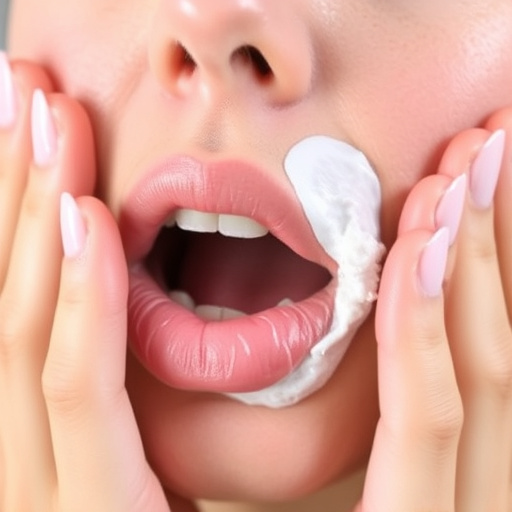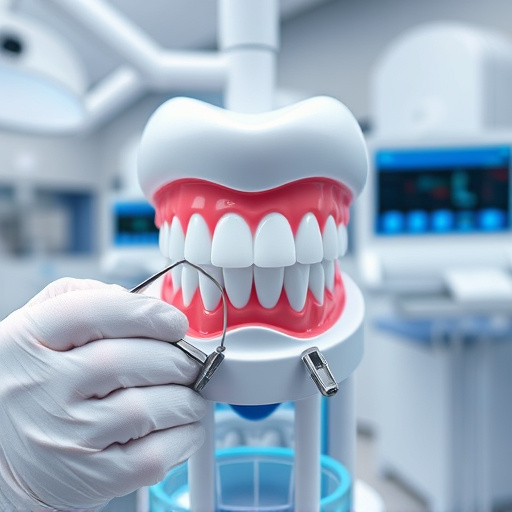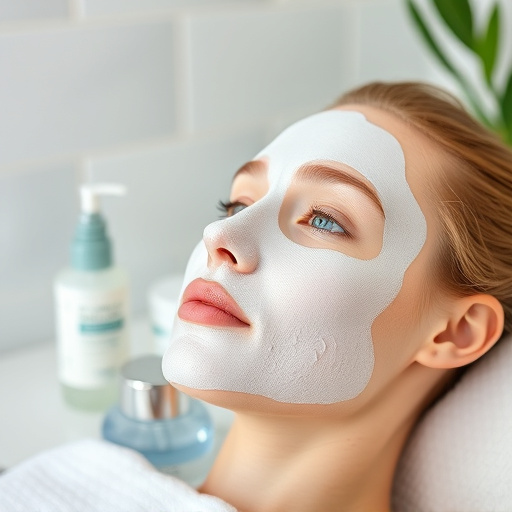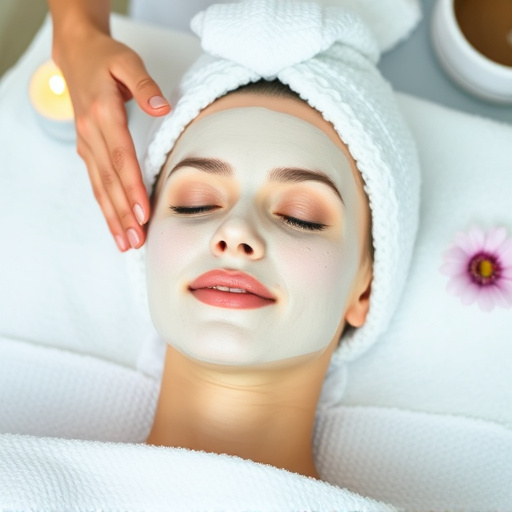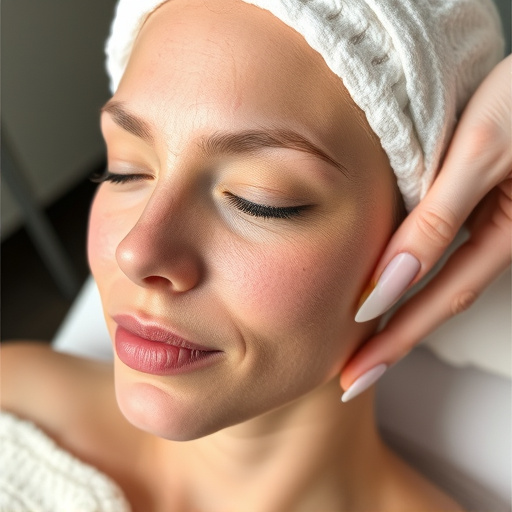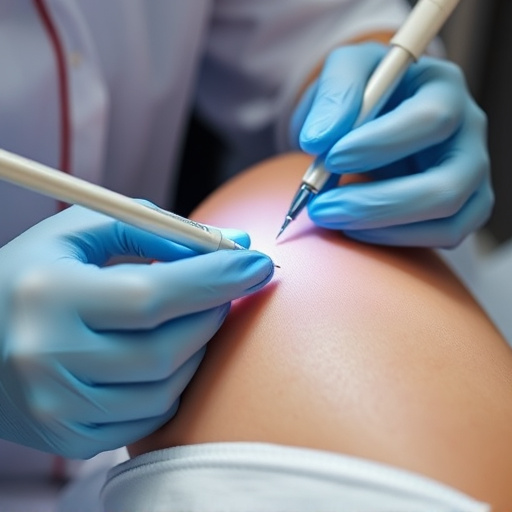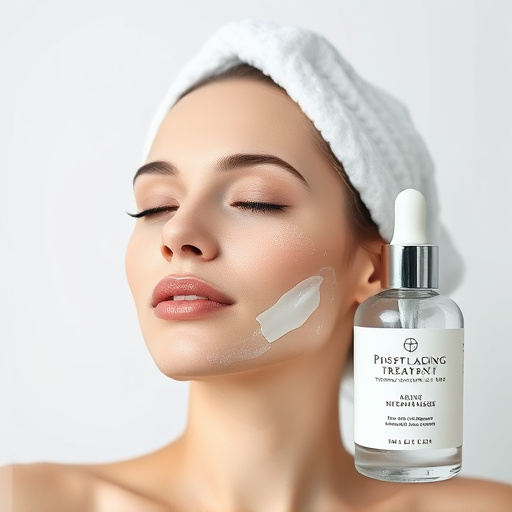Melasma and hyperpigmentation are distinct skin conditions with similar symptoms, caused by hormonal changes or sun damage respectively. Melasma treatment focuses on balancing hormones while hyperpigmentation management uses topicals and UV protection. Advanced melasma treatment options include microneedling, hydroquinone creams, retinoids, Vitamin C, benzoyl peroxide, chemical peels, and laser therapy. Daily broad-spectrum sunscreen with SPF 30+, vitamin C, niacinamide, and dermatologist consultations are crucial for proactive skincare against these conditions.
“Uncover the mysteries of melasma and hyperpigmentation, common skin concerns that affect many. This comprehensive guide aims to empower individuals seeking solutions. We delve into the causes and appearance of melasma, offering insights on its potential triggers. Explore a range of effective melasma treatment options, from topical solutions to advanced therapies.
Additionally, discover preventive measures and skincare tips to maintain an even complexion, ensuring a radiant and confident you.”
- Understanding Melasma and Hyperpigmentation: Causes and Appearance
- Melasma Treatment Options: Managing and Reducing Discoloration
- Preventive Measures and Skincare Tips for a Consistent Complexion
Understanding Melasma and Hyperpigmentation: Causes and Appearance
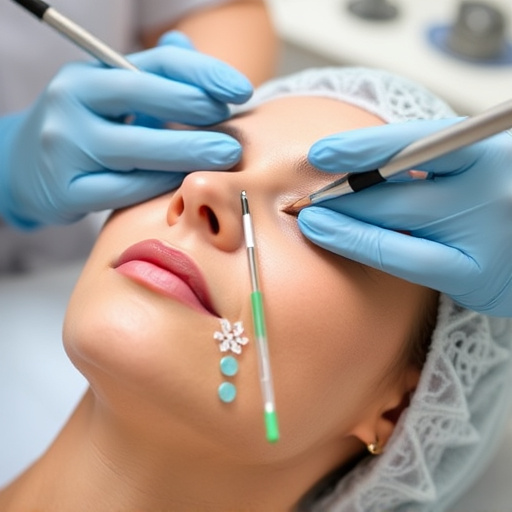
Melasma and hyperpigmentation are skin conditions that often share similar characteristics but have distinct differences. Melasma is characterized by dark patches on the face, typically appearing as symmetrical brown or grayish spots. It’s commonly known as the “mask of pregnancy” because it frequently occurs during pregnancy or postpartum, though it can also affect individuals not pregnant. The exact cause is multifactorial, involving hormonal changes, sun exposure, and certain medications.
Hyperpigmentation, on the other hand, refers to areas of skin that are darker than surrounding tissue. Unlike melasma, which tends to be well-defined and often occurs on both sides of the face, hyperpigmentation can manifest as uneven patches or spots anywhere on the body. It’s frequently caused by sun damage, acne scarring, or inflammation. A personalized skincare approach focusing on skin brightening techniques and, in some cases, body contouring treatments can help address these conditions, with melasma treatment often targeting hormonal imbalances while hyperpigmentation management involves topicals and protective measures against UV radiation.
Melasma Treatment Options: Managing and Reducing Discoloration
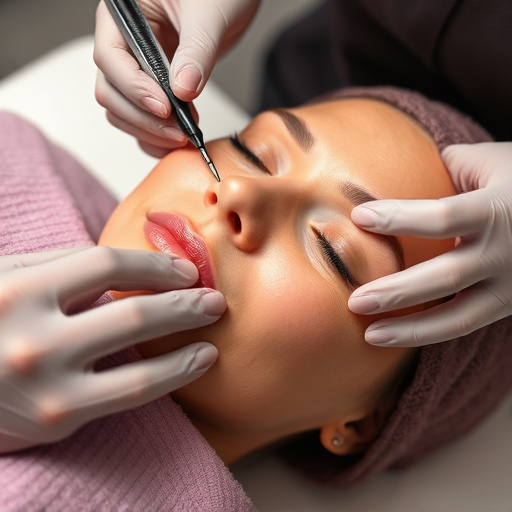
Melasma treatment options have evolved significantly, providing hope for those struggling with this discoloration. While there’s no cure, various techniques can help manage and reduce melasma. One promising approach is microneedling therapy, which involves puncturing the skin with tiny needles to stimulate collagen production and even out skin tone. This non-invasive procedure has shown effective results in lightening hyperpigmented areas caused by melasma.
Another option for melasma treatment is focusing on targeted skin brightening treatments. These can include topical creams containing ingredients like hydroquinone, retinoids, or Vitamin C, which help inhibit tyrosinase activity and reduce melanin production. In conjunction with proper sun protection, these treatments can significantly improve the appearance of melasma over time. Additionally, acne treatments, such as those involving benzoyl peroxide or retinoids, can also be beneficial, as they address inflammation and excessive melanin production linked to both acne and melasma.
Preventive Measures and Skincare Tips for a Consistent Complexion
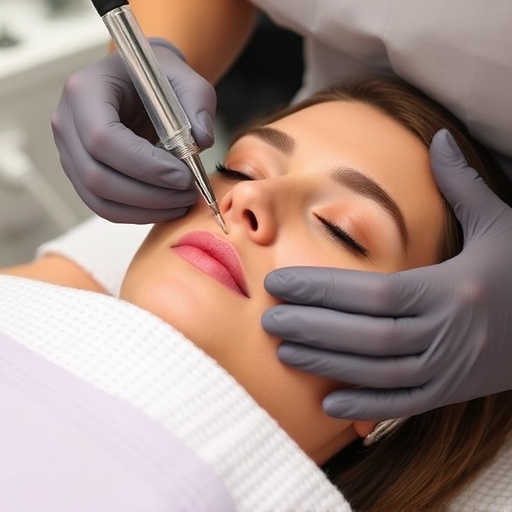
Melasma and hyperpigmentation can be persistent issues, but there are several preventive measures and skincare tips to help maintain a consistent complexion. Regular sun protection is paramount; always use a broad-spectrum sunscreen with at least SPF 30 daily, reapplying every two hours when outdoors. This reduces the risk of further darkening and helps manage existing discolouration. Incorporating brightening ingredients like vitamin C, niacinamide, or kojic acid into your routine can also aid in melasma treatment by gently exfoliating the skin and reducing pigmentation.
Consider aesthetic treatments like customized facials for a deeper cleanse and targeted therapy. Professional skin rejuvenation techniques, such as chemical peels or laser therapy, offer more intense yet effective solutions for hyperpigmentation. Regularly reviewing and adjusting your skincare routine with a dermatologist ensures you’re receiving the most suitable care tailored to your unique skin type and melasma severity.
Melasma and hyperpigmentation are common skin concerns, but with the right knowledge and strategies, they can be effectively managed. By understanding the causes and various treatment options, such as topicals, protection from the sun, and professional procedures, you can take control of your complexion. Regular skincare routines, including consistent sunscreen use, play a pivotal role in prevention. With dedicated care, it’s possible to achieve a more even and radiant skin tone, addressing melasma concerns for a confident and beautiful you.
